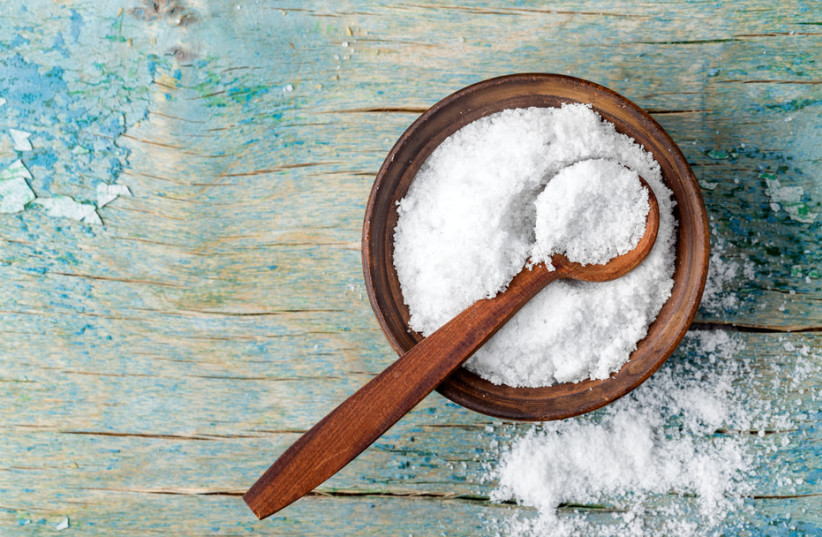Understanding the importance of salt and its impact on our health is crucial. In this comprehensive guide, a Maccabi dietitian provides valuable insights into salt's role in the body, identifies hidden sources of salt in our diets, and offers practical strategies to reduce salt intake without sacrificing taste. Let's embark on a journey to make healthier choices while still enjoying the flavors we love.
The Role of Salt in the Body
Salt, a compound of sodium and chlorine, is essential for maintaining fluid balance, nerve function, and muscle contraction. However, excessive salt intake can lead to health issues. Achieving the right balance is key.
Recommended Daily Salt Intake
Dietitians recommend consuming no more than 6 grams of salt per day (equivalent to 2,400 mg of sodium). Unfortunately, most people exceed this amount due to hidden salt in processed foods. It's crucial to be mindful of our consumption and make informed choices.
Hidden Sources of Salt
Processed and Packaged Foods Processed foods, including cereals, bread, sausages, cheese, snacks, sauces, and even organic or health-labeled products, often contain substantial amounts of hidden salt as a preservative. Understanding these hidden sources empowers us to select low-sodium alternatives.
 (credit: INGIMAGE)
(credit: INGIMAGE)Practical Tips for Reducing Salt Intake
1. Embrace the Power of Spices
Spices such as za'atar, paprika, cumin, turmeric, pepper, garlic powder, and various herbs can enhance flavors without relying on salt. Experiment with different spice combinations to add depth to your meals.
2. Harness the Benefits of Lemon
Lemon juice provides tanginess and brightness to dishes. Using lemon as a substitute for salt in fish or salads can elevate the taste without adding excessive sodium.
3. Create Homemade Sauces and Stocks
Preparing homemade sauces and stocks using fresh vegetables and spices allows us to control the salt content. By incorporating flavorful ingredients, we can reduce the need for added salt while maintaining taste.
4. Time Your Salt Addition
Add salt sparingly towards the end of the cooking process to preserve its flavor. This approach allows for using smaller amounts without compromising taste.
5. Explore New Flavors and Techniques
Experiment with spicy, pickled, and innovative cooking methods to diversify your palate. By embracing new flavors, you can reduce reliance on salt while still enjoying exciting and delicious meals.
6. Soaking Meat and Comparing Products
Soaking seasoned meat in water or briefly boiling it before cooking can help reduce salt content. Additionally, compare sodium levels between different brands to choose products with lower sodium content.
7. Decoding Food Labels
Understanding food labels is crucial. Look for designations such as low-sodium, sodium-free, and reduced-sodium, which indicate different levels of salt content. Opt for products with lower sodium per 100 grams.
8. Caution with Potassium-Based Salt Substitutes
Consult with your physician before using potassium-based salt substitutes, especially if you have chronic kidney disease or are taking potassium-sparing medications.
Reducing salt intake is a significant step towards a healthier lifestyle. By understanding salt's role in our bodies, identifying hidden sources, and implementing practical strategies from a trusted dietitian, we can successfully cut down our sodium consumption while still savoring delicious meals. Start incorporating these changes today and give your taste buds time to adjust. In just three weeks, you'll notice the difference and realize that reducing salt doesn't mean compromising on taste.










